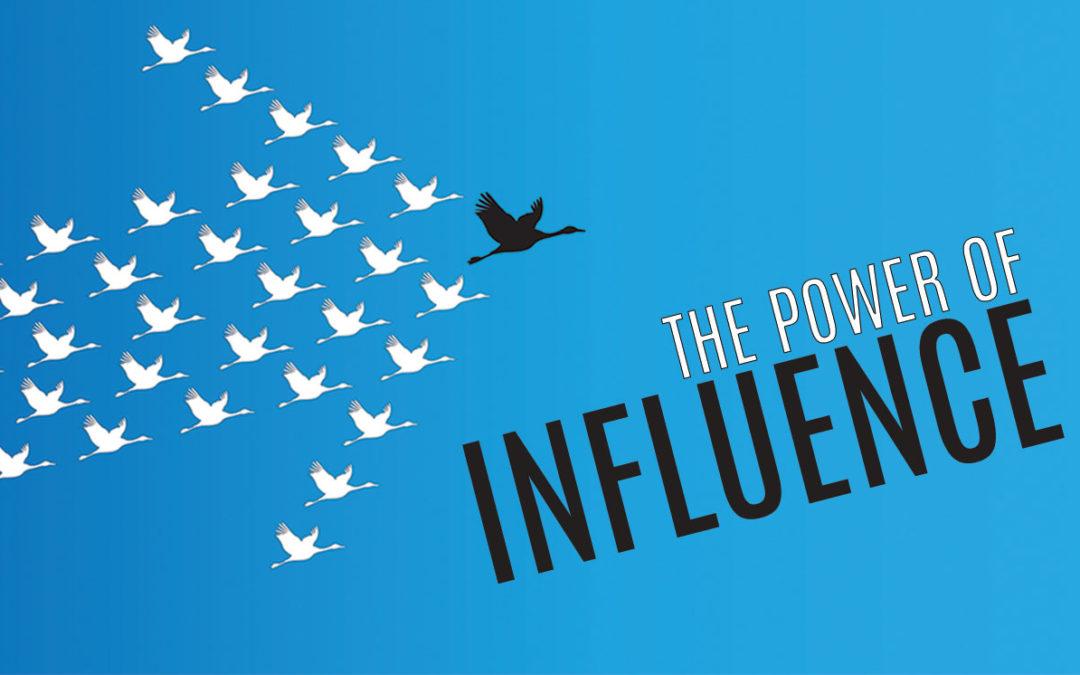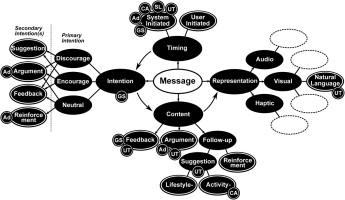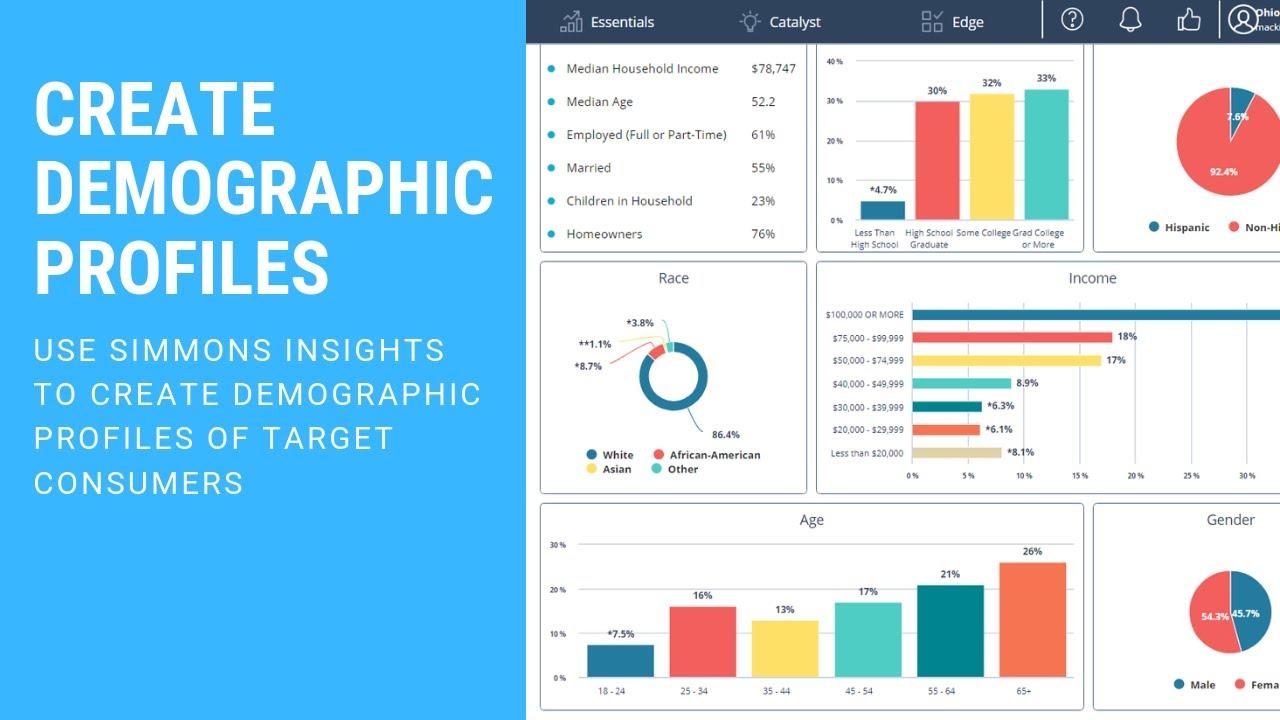
In the intricate dance of interaction, understanding the rhythm of your audience is key. As we navigate the ever-evolving landscape of influence, one fundamental truth remains: the demographics of your audience do not merely color their preferences; they shape the very fabric of your message. “Mastering influence: Why audience demographics Matter” delves into the art and science behind tailoring communication strategies that resonate deeply with diverse groups. From age and gender to cultural background and socioeconomic status, these variables are not just statistics; they are gateways to connection, empathy, and persuasion. Join us as we explore how recognizing and leveraging these demographics can empower you to craft messages that not only reach the ears of your audience but also touch their hearts and minds.
Understanding the Nuances of Audience Demographics
When it comes to crafting a compelling message, understanding the intricacies of audience demographics is crucial. Demographics encompass a variety of attributes that can significantly influence how your content is received. These attributes include:
- Age: Different age groups resonate with distinct styles and formats of content.
- Gender: Preferences can vary widely between genders, impacting tone and language.
- Location: Cultural nuances and regional interests can affect engagement levels.
- Education Level: The complexity of language and subject matter should align with the audience’s educational background.
Moreover, delving deeper into psychographics allows for a more nuanced understanding of your audience. Psychographics consider factors such as values, interests, and lifestyle choices that further refine your approach. For instance,a demographic study might reveal trends such as:
| Demographic Group | Preferred Content Type |
|---|---|
| Millennials | Interactive and video content |
| Gen X | Informative articles and podcasts |
| Baby Boomers | Newsletters and detailed reports |
This layered approach allows for more targeted messaging and ultimately enhances user engagement,ensuring that your content not only reaches but resonates with the right audience.

The Power of Tailored Messaging in Outreach
The effectiveness of outreach campaigns significantly hinges on the precision of messaging tailored to specific audience demographics. By understanding the distinct characteristics that define different segments of your target market, your communication can resonate on a deeper level. Personalized messages not only enhance engagement but also foster a sense of connection and trust. Consider the following elements while crafting your messages:
- Age: Younger audiences may prefer casual language and contemporary references,while older demographics ofen appreciate formal communication.
- Location: Geographic nuances can influence preferences; local dialects or cultural references can make outreach feel more relevant.
- Interests: tailored messaging that aligns with audience passions is far more impactful than generic statements.
When outreach is strategically customized, it can lead to impressive outcomes. A well-structured approach could include analyzing not just demographic data but also behavioral trends. This way, you can anticipate needs and create targeted content that speaks directly to your audience’s desires and pain points. Below is a simplified illustration of how demographic factors can inform messaging:
| Demographic Factor | Message Approach |
|---|---|
| Gen Z | Utilize memes and social media platforms for engagement. |
| Millennials | Highlight sustainability and ethical practices. |
| Gen X | Focus on practicality and reliability in services offered. |

Building Authentic Connections Through Demographic Insights
Understanding the demographics of your audience transforms the way you craft messages and build connections. By diving into characteristics such as age, gender, location, education, and interests, you can tailor your content to resonate deeply with various segments. This approach not only enhances engagement but also fosters trust, making your audience feel seen and understood. here are some key demographic insights to consider:
- Age Groups: Crafting content that appeals to different age brackets can increase relevance. young adults may prefer trending topics, while older generations may seek wisdom and information.
- Geographic Location: Localized content can create a feeling of community, emphasizing regional differences and preferences.
- Gender Distribution: Knowing your audience’s gender may help tailor messaging and visuals to align with their values and interests.
To effectively analyze and apply these insights, creating a demographic profile can serve as a roadmap. This profile should integrate data points to visualize audience segments, enabling targeted strategies that can lead to authentic interactions. consider the following simple demographic table that highlights potential audience segments based on age and interests:
| Age Group | Interests |
|---|---|
| 18-24 | Technology, Fashion, Social Media |
| 25-34 | travel, Fitness, Sustainability |
| 35-44 | Family, Career growth, Health |
| 45+ | Finance, DIY, Wellness |

Strategies for Adapting Content to Diverse audiences
Understanding the intricacies of your audience’s demographics is essential for crafting messages that resonate deeply. Tailoring content involves a few vital strategies, wich can be both engaging and effective. Here are some fundamental approaches to consider:
- Segment Your Audience: Break down your audience into specific demographics based on age, gender, culture, or interests. This segmentation allows you to create targeted messages that feel personal and relevant.
- Create Empathy Maps: Visualizing your audience’s feelings, thoughts, and pain points can help you develop content that speaks directly to them.
- Utilize Localized Language: Adapt your language and examples to resonate with local cultures or regions, which can enhance relatability.
- Implement Feedback Loops: Regularly gather and analyze feedback from diverse audience segments to refine your content strategy.
When it comes to presenting varied perspectives, consider using content formats that cater to different preferences. For example,integrating infographics,videos,podcasts,or blog posts can address the varying ways people consume information.Additionally,employing a data-driven approach can help identify which types of content perform best with particular demographics. Below is a simple table illustrating effective content formats for diverse audiences:
| Audience Demographic | Preferred Content Format |
|---|---|
| Millennials | Video content |
| Gen Z | Interactive Stories |
| Baby Boomers | Informative Articles |
Wrapping Up
As we draw the curtain on our exploration of “Mastering Influence: Why Audience Demographics Matter,” it becomes evident that understanding the intricate tapestry of audience demographics is not merely an exercise in data collection, but a pivotal strategy that shapes the very essence of communication. From the nuances of age and gender to the subtleties of cultural backgrounds, each demographic thread weaves a unique narrative that can amplify your message or risk dilution in the noise of modern discourse.
In a world that is more interconnected than ever, the power to influence rests not only in what we say, but in how we say it—tailoring our approach to resonate with the unique fabric of our audience. As you move forward,consider your audience not as a faceless collective,but as a vibrant,diverse community of individuals each with their own perspectives and experiences. By mastering the art of demographic insight, you position yourself not just as a speaker or leader, but as a trusted confidant who listens, understands, and responds.influence is more than a tactic; it’s a dialog—a connection built on empathy and relevance. may your journey toward mastering influence be guided by the knowledge that every statistic tells a story, and every audience has the potential to become your greatest ally in the pursuit of meaningful engagement.